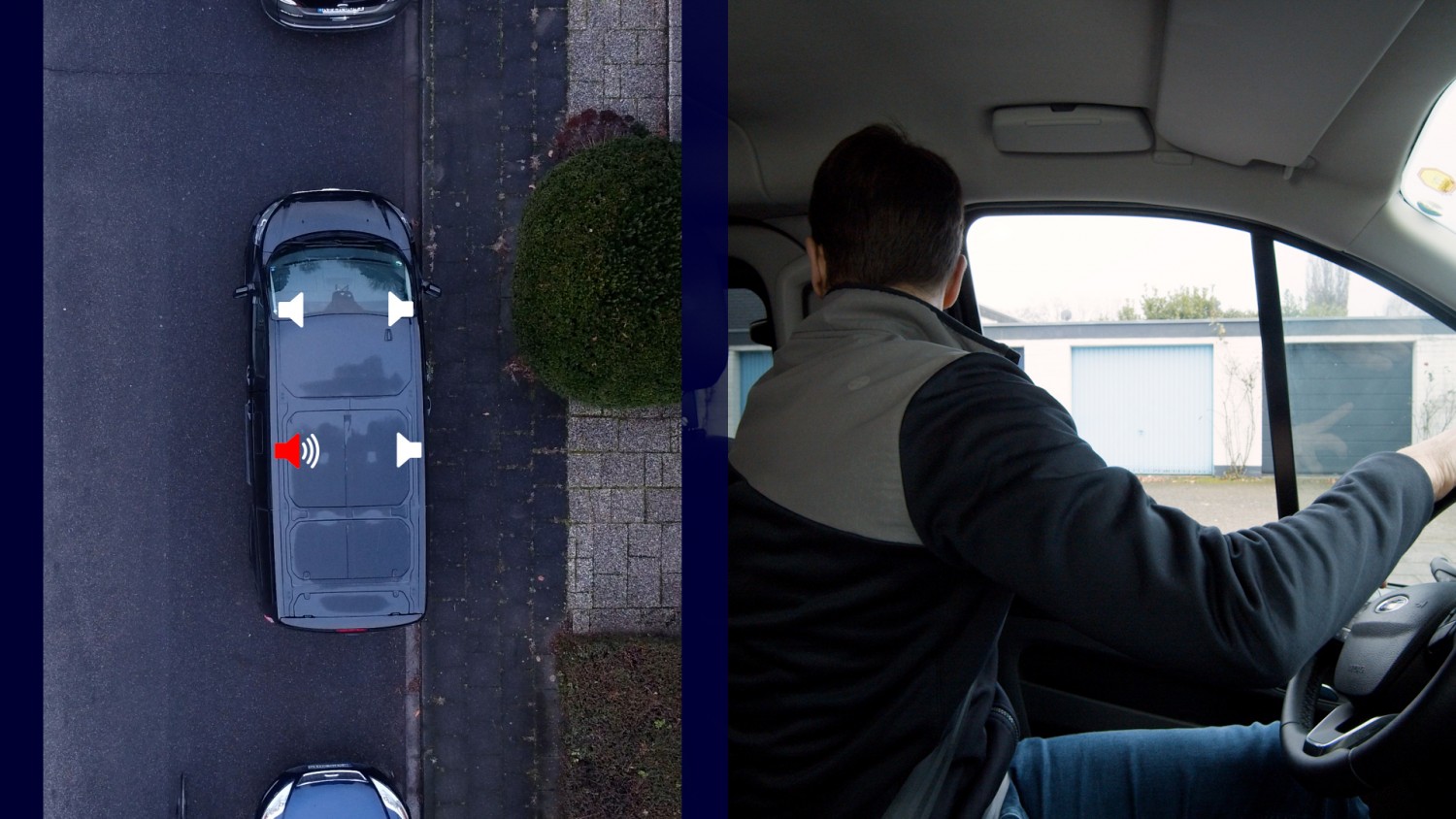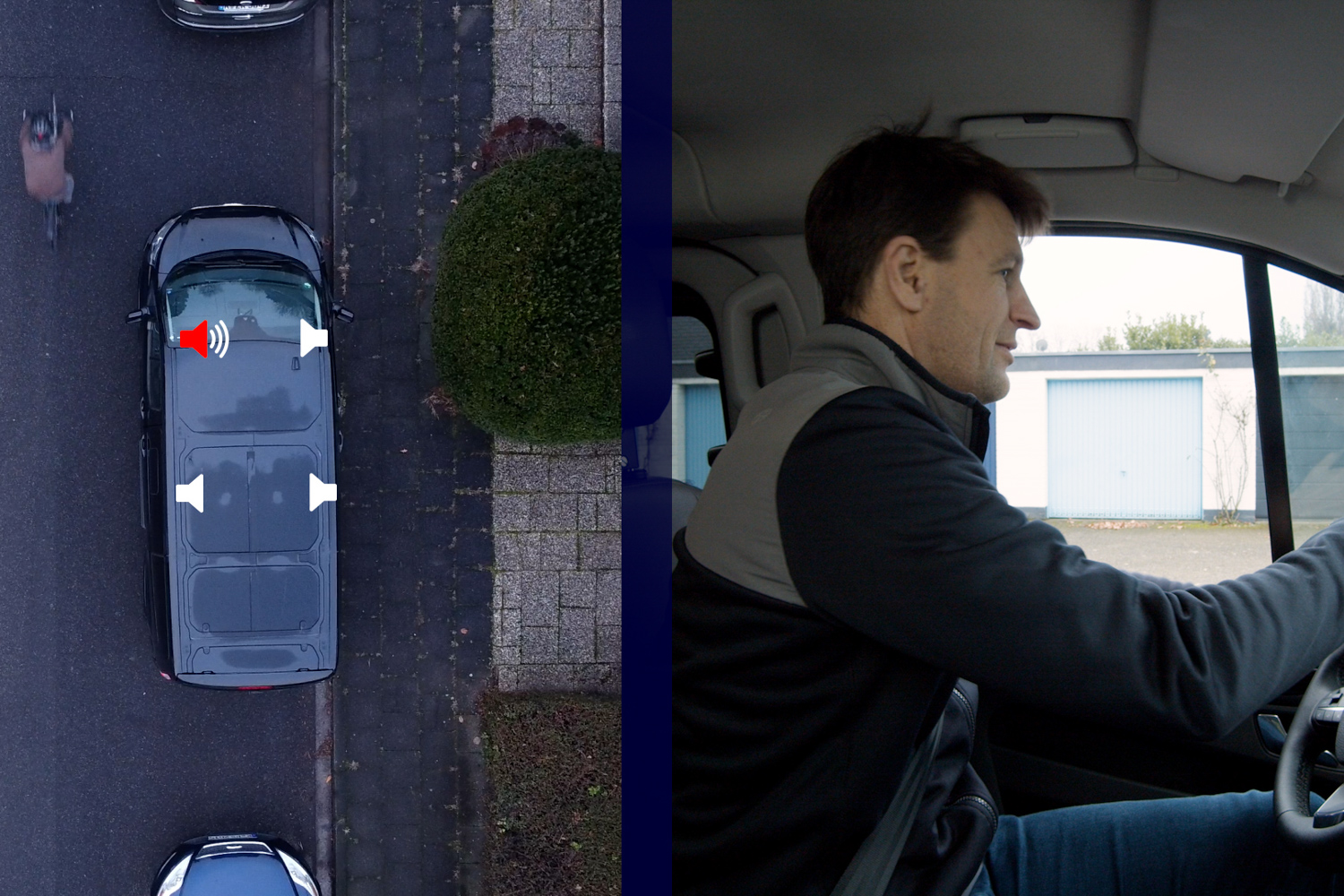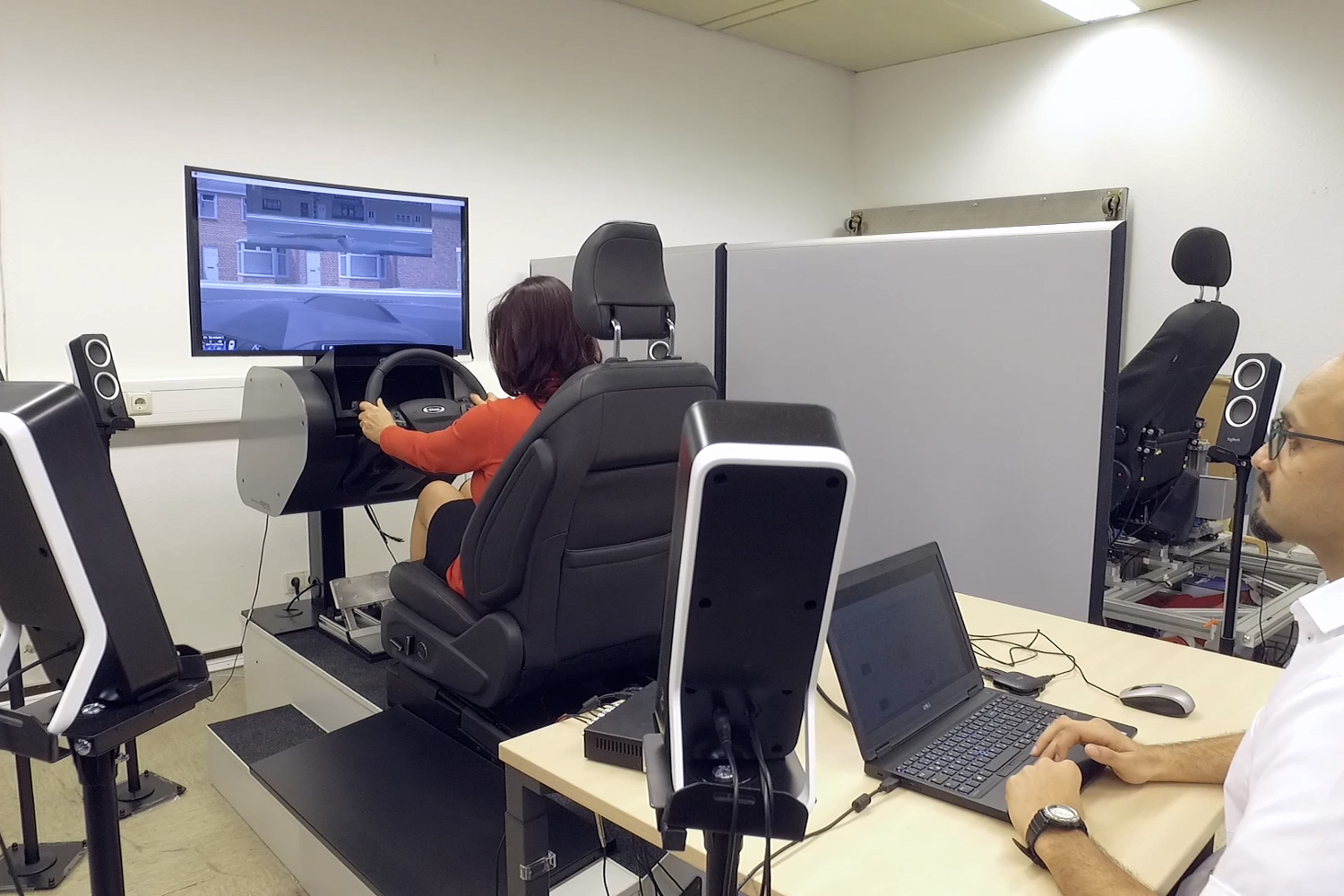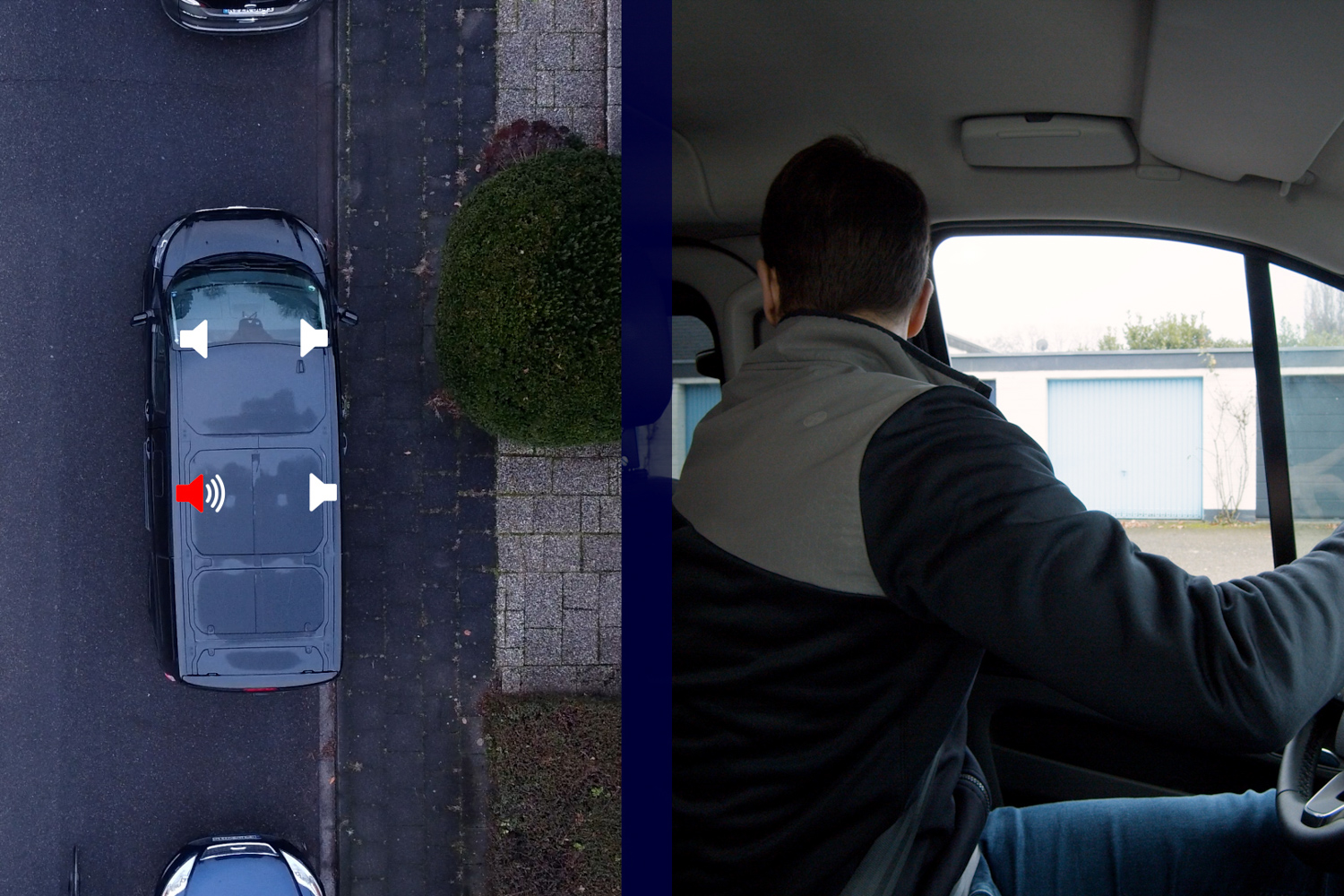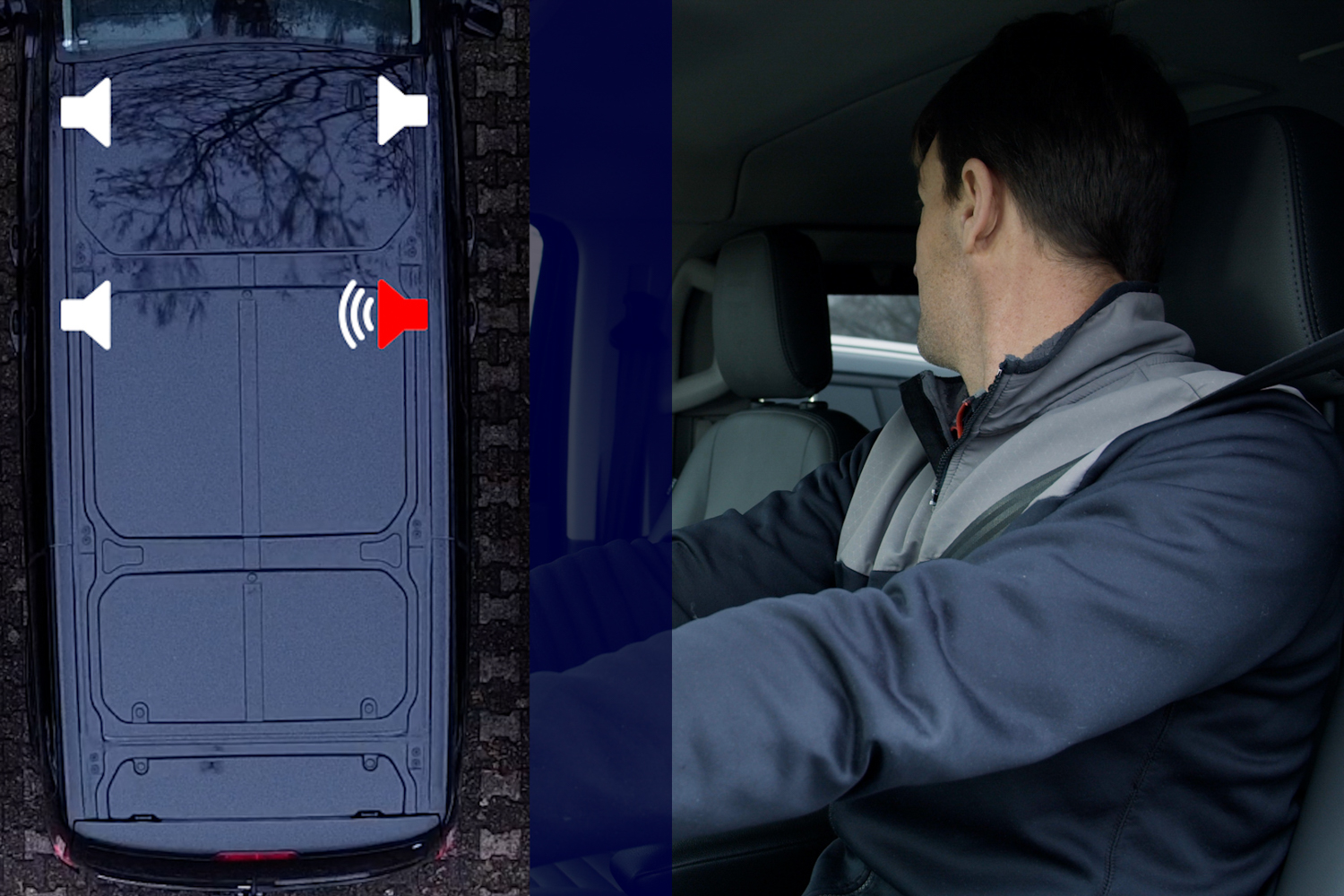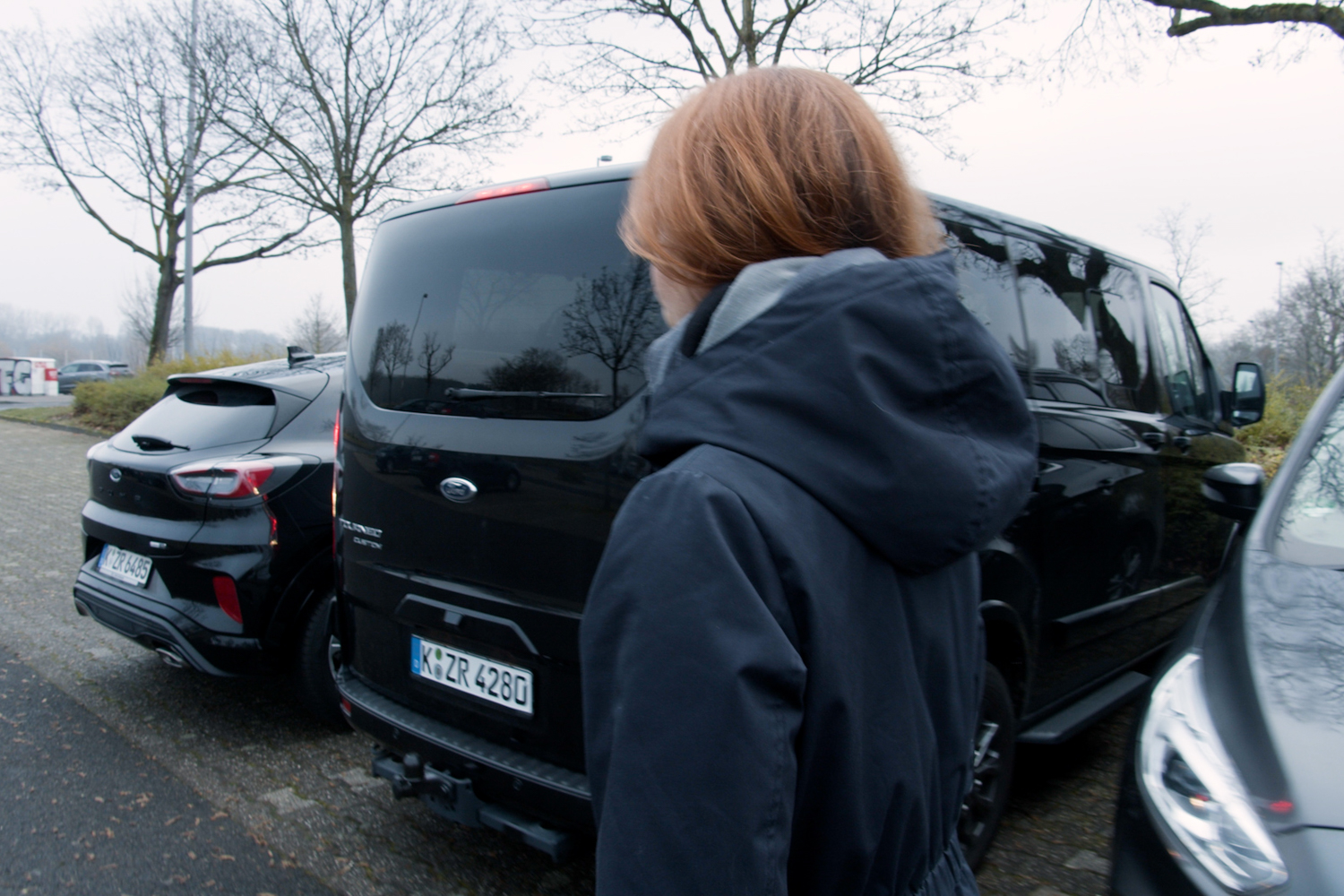Ford reckons that driving could be made safer if the warning sounds that cars gave you were more naturalistic, and less of an artificial 'bing-bong.'
Footstep sounds if a pedestrian is in your blind spot
The problem is that if a car starts sounding warnings at you, you generally look down at your dashboard and towards the flashing light, trying to work out what's going wrong. Ford's idea is not only to use direction-style sound but also to use sounds associated with the actual danger. So if there's a pedestrian in your blind spot, you might hear footsteps, which will warn you not to open the door into their face. Ditto a bicycle bell for a cyclist.
Tomorrow's technology
Or how about the sound of an oncoming car, amplified and made more obvious for you, rather than yet another flashing light and warning sound? "Today's warning tones already inform drivers when they need to take care and be vigilant. Tomorrow's technology could alert us to both exactly what the hazard is and where it is coming from," said Oliver Kirstein, SYNC software engineer, Enterprise Connectivity, Ford of Europe.
Tests in a simulated environment showed that drivers alerted by Directional Audio correctly identified the nature and source of the hazard 74 per cent of the time. Even just emitting a regular tone from the appropriate speaker enabled the driver to correctly identify the location of the object 70 per cent of the time.
3D surround sound
Engineers also set up a real-world scenario on the test track, with a vehicle backing out of a parking space, an approaching pedestrian and the footsteps alert. Participants in the test responded positively to the footsteps sound, especially when this intuitive alert was played through a specific speaker.
The next step is to use proper 3D surround sound, the kind that you'd get in a high-end cinema, to more accurately place the warning sound in the direction that the hazard is coming from.

